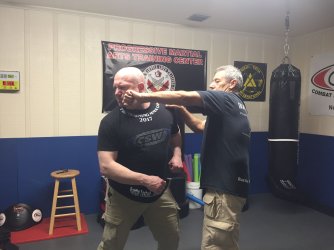What is the purpose of most techniques? Most techniques are almost superfluous with something else.
OK. Where my son trains they take a hard look on why you would use specific techniques and what techniques are more effective. All of their techniques they can answer the question why (speed, power, angle, body position, etc..) And give the pros and cons of the technique.
That is why I was asking. They do not teach an inverted backfist.

